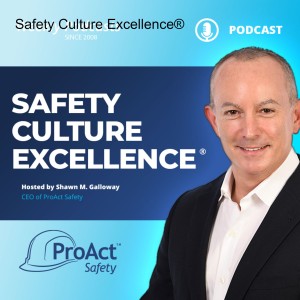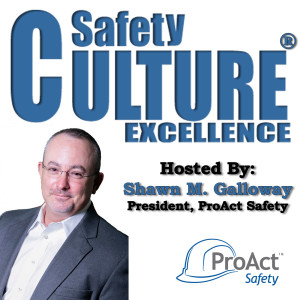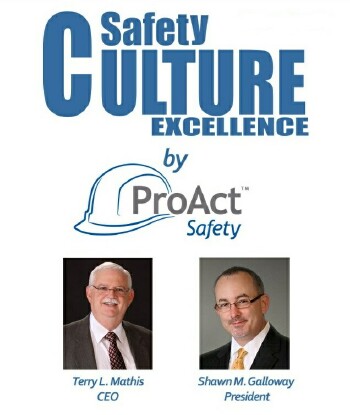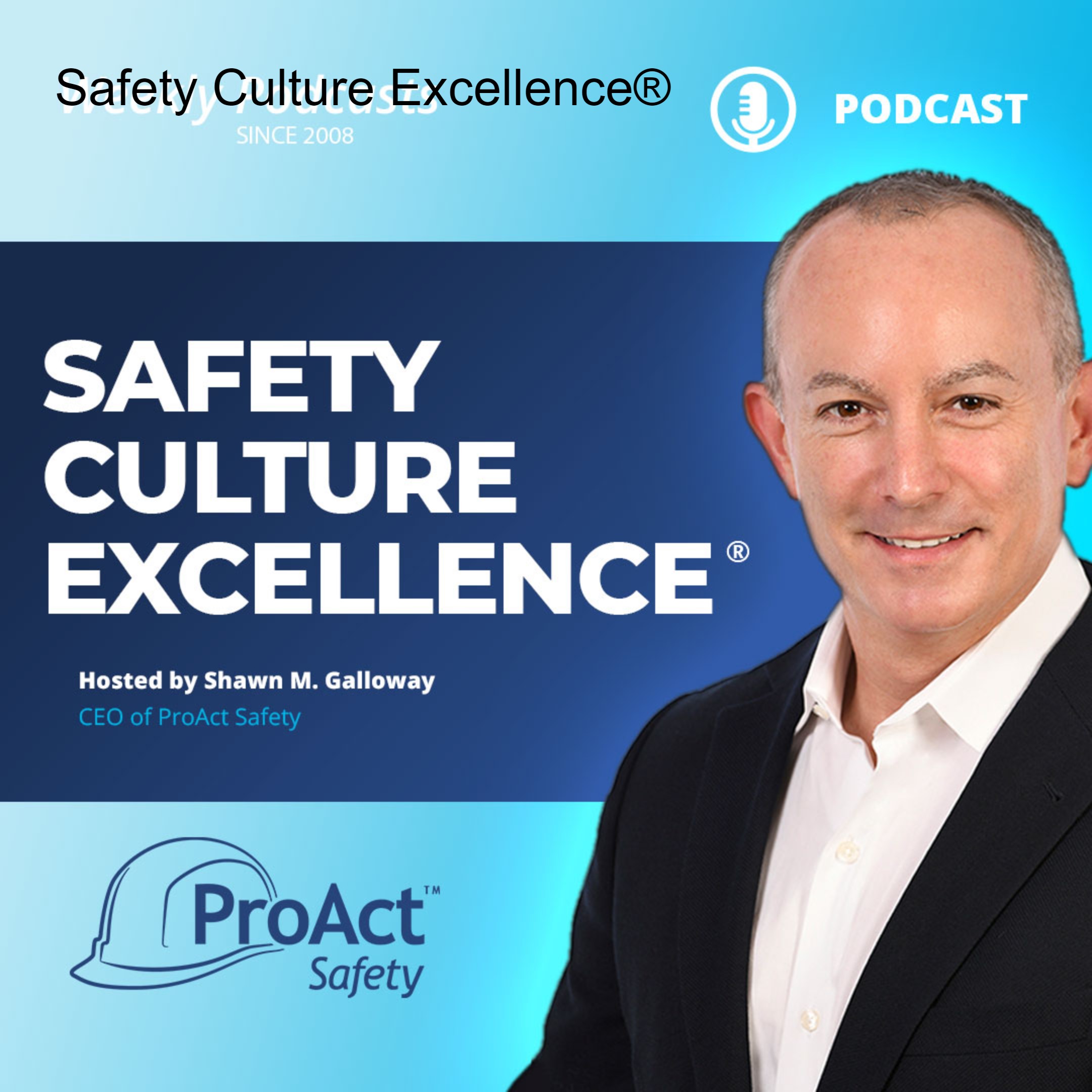Episodes

5 days ago
818: Safety Communication
5 days ago
5 days ago
Join me at Safety 2024 in Denver!


Monday Feb 12, 2024
795: Measurement Dysfunction
Monday Feb 12, 2024
Monday Feb 12, 2024


Monday Jan 29, 2024
793: Piece Work
Monday Jan 29, 2024
Monday Jan 29, 2024


Monday Aug 21, 2023
772: The Timing of Rewards and Incentives
Monday Aug 21, 2023
Monday Aug 21, 2023


Monday Aug 07, 2023
770: The Best Idea That Didn’t Work
Monday Aug 07, 2023
Monday Aug 07, 2023


Monday Oct 18, 2021
712: What Gets Rewarded
Monday Oct 18, 2021
Monday Oct 18, 2021
Hello, welcome to the Safety Culture Excellence podcast, brought to you by ProAct Safety, the world leader of safety excellence.


Monday Jun 14, 2021
694: Motivation Vitamins and Minerals
Monday Jun 14, 2021
Monday Jun 14, 2021
Hello, welcome to the Safety Culture Excellence podcast, brought to you by ProAct Safety, the world leader of safety excellence.


Monday Aug 19, 2019
602: Safety Through Eating Pizza
Monday Aug 19, 2019
Monday Aug 19, 2019
Hello, welcome to the Safety Culture Excellence podcast, brought to you by ProAct Safety, the world leader of safety excellence.


Monday May 04, 2015
386 - Incentives and Rewards: Lazy or Excellent Management?
Monday May 04, 2015
Monday May 04, 2015


Wednesday Oct 22, 2014
Milestones: The Tendency to Think Backwards
Wednesday Oct 22, 2014
Wednesday Oct 22, 2014


